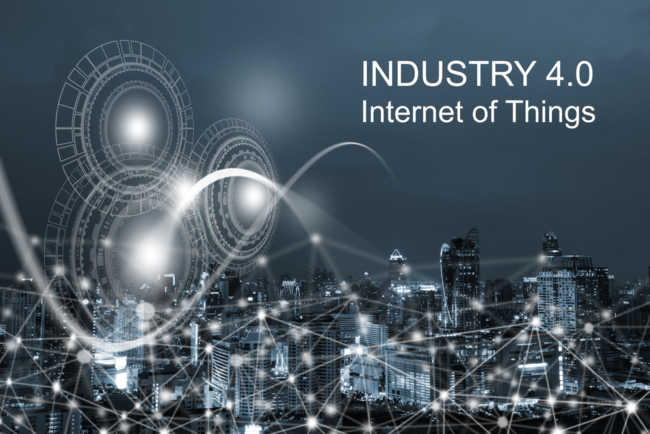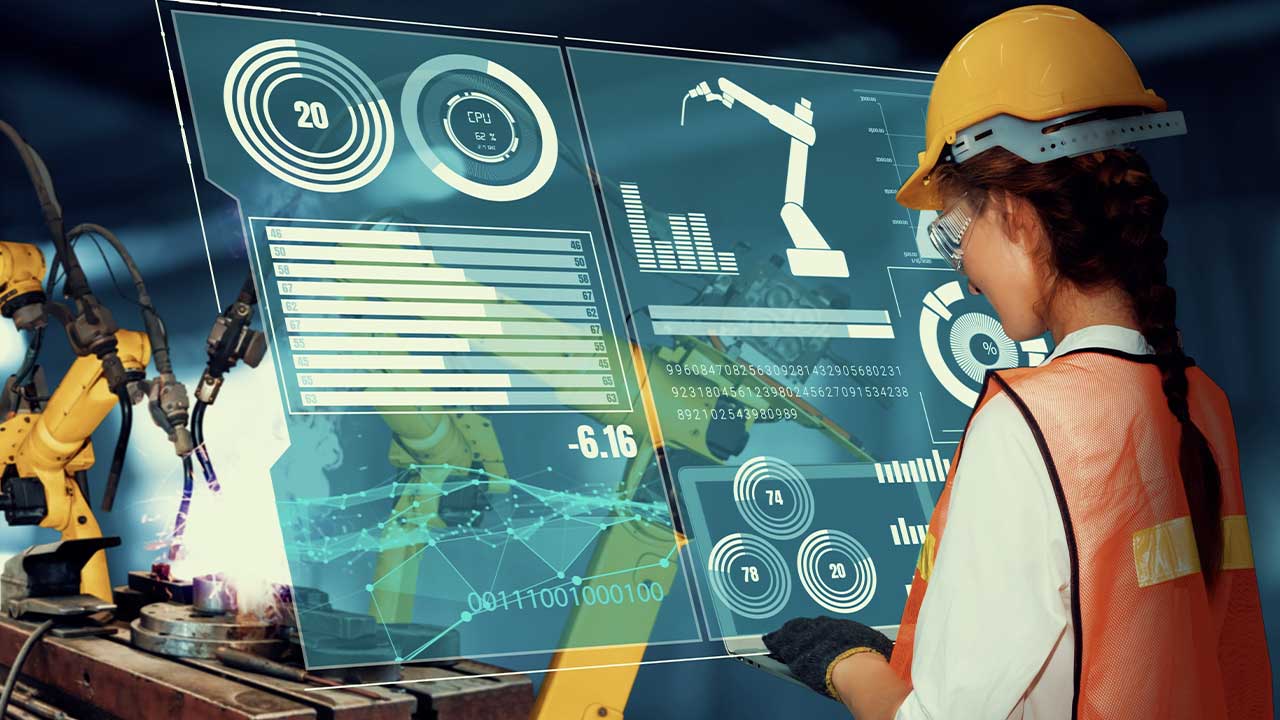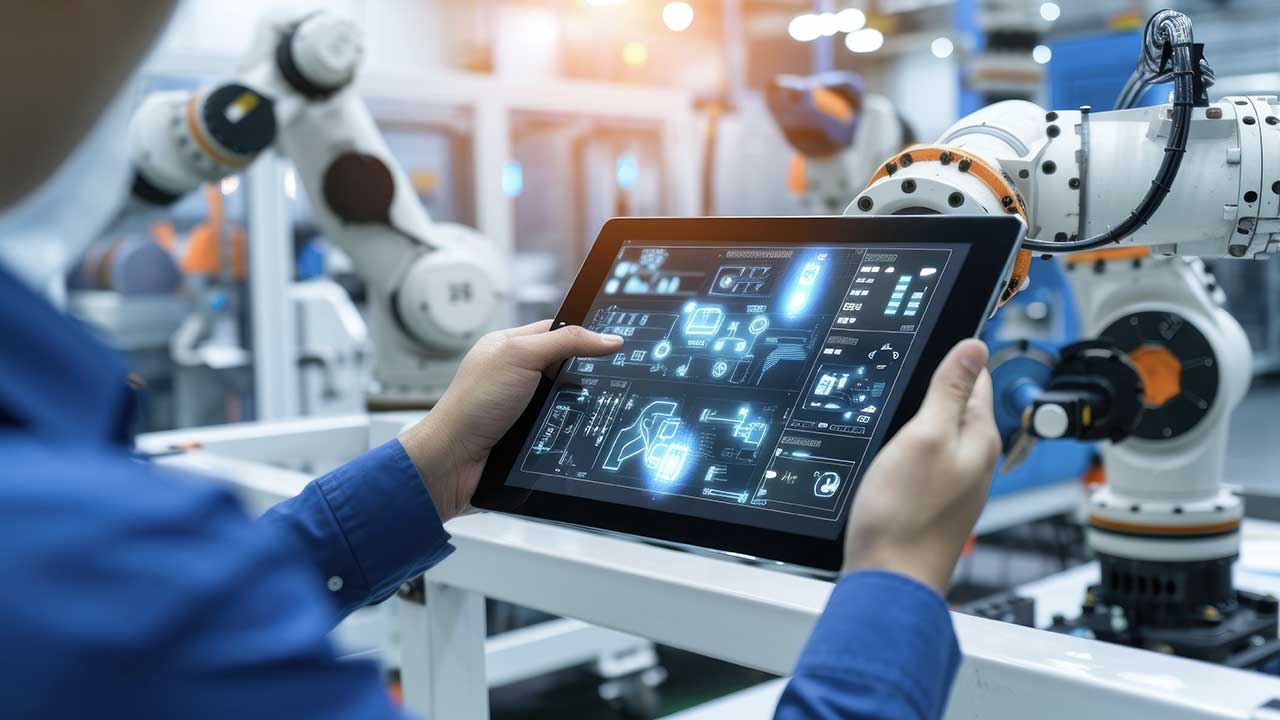Ten ways IoT differs from IIoT
The Internet of Things (IoT) enables disruptive transformation across multiple market segments, from consumer, enterprise, agriculture, healthcare, manufacturing, utilities to government and cities. Industrial IoT (IIoT), a subset of the larger IoT, focuses on the specialized requirements of industrial applications, such as manufacturing, oil and gas, and utilities. Although IoT and IIoT share common technologies (sensors, cloud platforms, connectivity, and analytics), the similarities end there. This article highlights key differences that product managers and buyers must know when planning industrial IoT solutions.
While many people assume functionality distinguishes IoT from IIoT, the reality is not that simple. A consumer IoT device may have the same functionality as an IIoT device, but still not be considered an industrial product. For example, a consumer and an industrial activity tracker both collect and monitor heart rate information. But the industrial tracker incorporates additional design parameters that its consumer counterpart may not have. The parameters that differentiate IoT from industrial IoT include:
- Security
- Interoperability
- Scalability
- Precision
- Programmability
- Low latency
- Reliability
- Resilience
- Automation
- Serviceability
As a product manager rolling out your first industrial solution, or a buyer considering a consumer IoT solution for industrial use, it’s important to understand the differences.
Security
Security is critical for all IoT solutions, but industrial IoT solutions require more robust measures. A disruption of a high volume manufacturing process results in lost production costing millions of dollars per day. A takedown of the electrical grid affects economic activity for millions of people and jeopardizes national security. IIoT solutions employ a variety of advanced security measures, from secure and resilient system architectures, specialized chipsets, encryption and authentication, threat detection, to management processes.
Interoperability
Industrial IoT solutions must co-exist in an environment with significant amount of legacy operations technologies (OT), including SCADA, M2M and other purpose built manufacturing execution systems. These legacy OT systems are not going away. Industrial IoT solutions must integrate, support various protocols and data sets, and work reliably with these manufacturing systems. Equally important, IIoT solutions must integrate with back-office enterprise resource planning (ERP) systems. Find out if Internet of Things going to replace SCADA systems.
Scalability
Industrial networks are specialized large scale networks supporting tens of thousands (or more) of controllers, robots, machinery and other purpose built applications. IIoT solutions deployed into these networks must scale seamlessly, now and eventually, to support hundreds of thousands of new sensors, devices and controllers, as well as existing non-IoT devices. This support includes interoperability, scheduling, workflow integration, data collection, analysis, decision-making and integration with manufacturing and business execution systems.
Precision and Accuracy
Industrial operations require higher levels of precision and accuracy. Automated high volume, high speed manufacturing processes are synchronized to milliseconds. Quality assurance systems detect minute dimensional variations and take immediate corrective actions based on those measurements. In this environment, “close enough” is not good enough, and results in lost efficiency, downtime, and revenues. Industrial IoT solutions must support operations where high precision and accuracy are “business as usual”.
Programmability
Industrial and OT systems, from programmable logic controllers to machining equipment, are frequently reprogrammed and reconfigured to support new processes. This programming is done remotely, on site or in the field. Industrial IoT solutions supporting industrial and manufacturing applications must provide the same flexibility and adaptability to support operations.
Low latency
In a high speed continuous production system with sensors monitoring every aspect of the operation, every second matters. Anomalies must be detected, and corrective actions applied in near real time. Any delay in detection, assessment, decision-making and execution would be costly, in terms of worker safety, product quality, costs and lost revenues. Industrial IoT solutions must similarly be built to support the low latency requirements of some industrial applications.
Reliability
Industrial systems operate in long time scales before replacement – twenty to thirty years is not uncommon. They operate in harsh environments, sometimes subject to extreme heat, cold, high vibration, pressure and hazardous conditions. They may operate in remote locations, far away from headquarters. Industrial IoT solutions may be subject to the same conditions and requirements. They must be hardened to support high availability, withstand high duty cycles, and operate reliably and within tolerance, day in, day out for years and years, with shutdowns only for maintenance.
Resilience
Mission critical industrial processes and systems, where downtime (or even access for service) is not an option, are designed with resilience in mind. A breakdown in one part of the system will not stop operations. While there may be a loss in operational capability, the tasks are taken up by backup systems, or the processes may be routed to a part of the system with extra capacity. Industrial IoT solutions, in mission critical operations, must support fault tolerance, or resilience capabilities in its design. From a loss of sensors to a loss of connectivity, industrial IoT systems and architectures must compensate for in-use failures, and still be able to satisfactorily complete its processes and operations.
Automation
Many industrial processes are highly automated from start to finish, with limited to no human intervention. IoT solutions operating in industrial environments need to support a range of autonomy requirements. This may entail building intelligence into the edge devices, incorporating control and automation logic in the gateway, or incorporating deep learning capabilities in the system design. In addition, it must be programmable and integrate with legacy or new manufacturing execution systems.
Serviceability
Industrial systems must operate reliably and predictably in harsh conditions for years and years. Supporting this level of performance requires regular maintenance from in-house and field service technicians. IoT solutions operating in industrial environments must be serviceable in order to sustain the levels of performance required. From swapping out sensors, updating firmware, to configuring gateways and servers, the ability to maintain industrial IoT solutions over its entire lifecycle is an essential requirement.
Key takeaways
Functionality is important, but isn’t the only determinant of whether an IoT solution is “industrial” ready or not. There are ten other parameters that must be considered. In reality, IoT and IIoT solutions may incorporate all these parameters, but differ in what is implemented and how.
Industrial processes are not business processes. They impose much more onerous requirements on IIoT solutions. Product managers must account for these additional requirements in the design and engineering. They must understand the specific use cases, as well as the environments the solutions will be placed into.
IIoT is a huge disruptive opportunity and draws many new solutions providers into the marketplace. Vendors offering IIoT solutions may be coming from adjacent markets with solutions that may not be robust enough for all industrial applications. At the same time, today’s solutions are emerging and still evolving in a very dynamic market. Buyers must look beyond the “wow” factor to make sure they are getting IoT solutions that are designed for industrial environments.
Originally the article was published here.
 This article was written by Benson Chan, a Senior Partner at Strategy of Things, a transformation management consultancy helping companies innovate for a hyperconnected world. He has over 25 years of scaling innovative businesses and bringing innovations to market for Fortune 500 and start-up companies.
This article was written by Benson Chan, a Senior Partner at Strategy of Things, a transformation management consultancy helping companies innovate for a hyperconnected world. He has over 25 years of scaling innovative businesses and bringing innovations to market for Fortune 500 and start-up companies.
Sorry, the comment form is closed at this time.




Pingback: Ten ways IoT differs from IIoT | Premium apps reviews Blog and Programing
Pingback: Ten ways IoT differs from IIoT – indiz.de